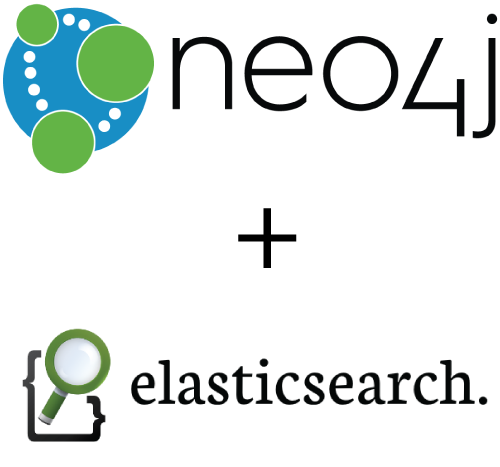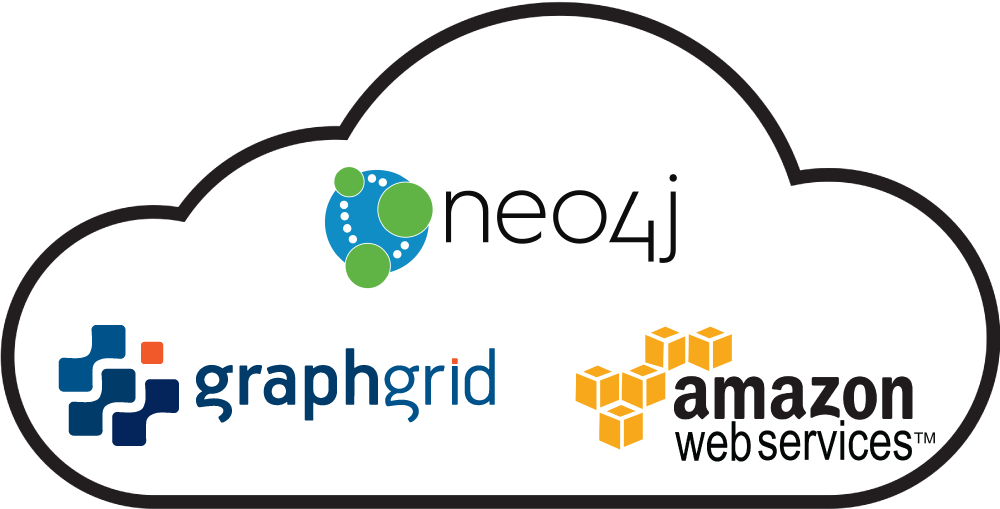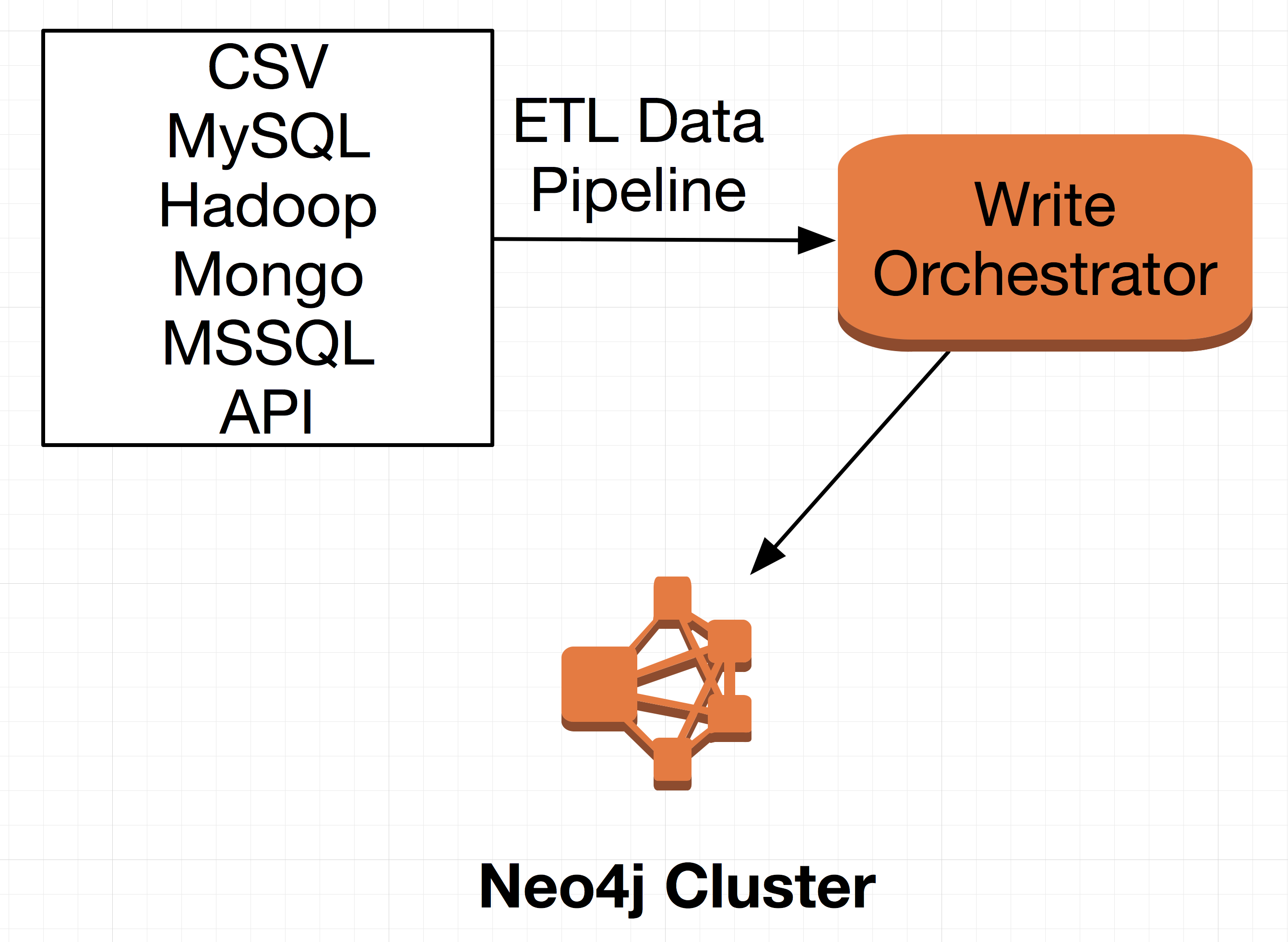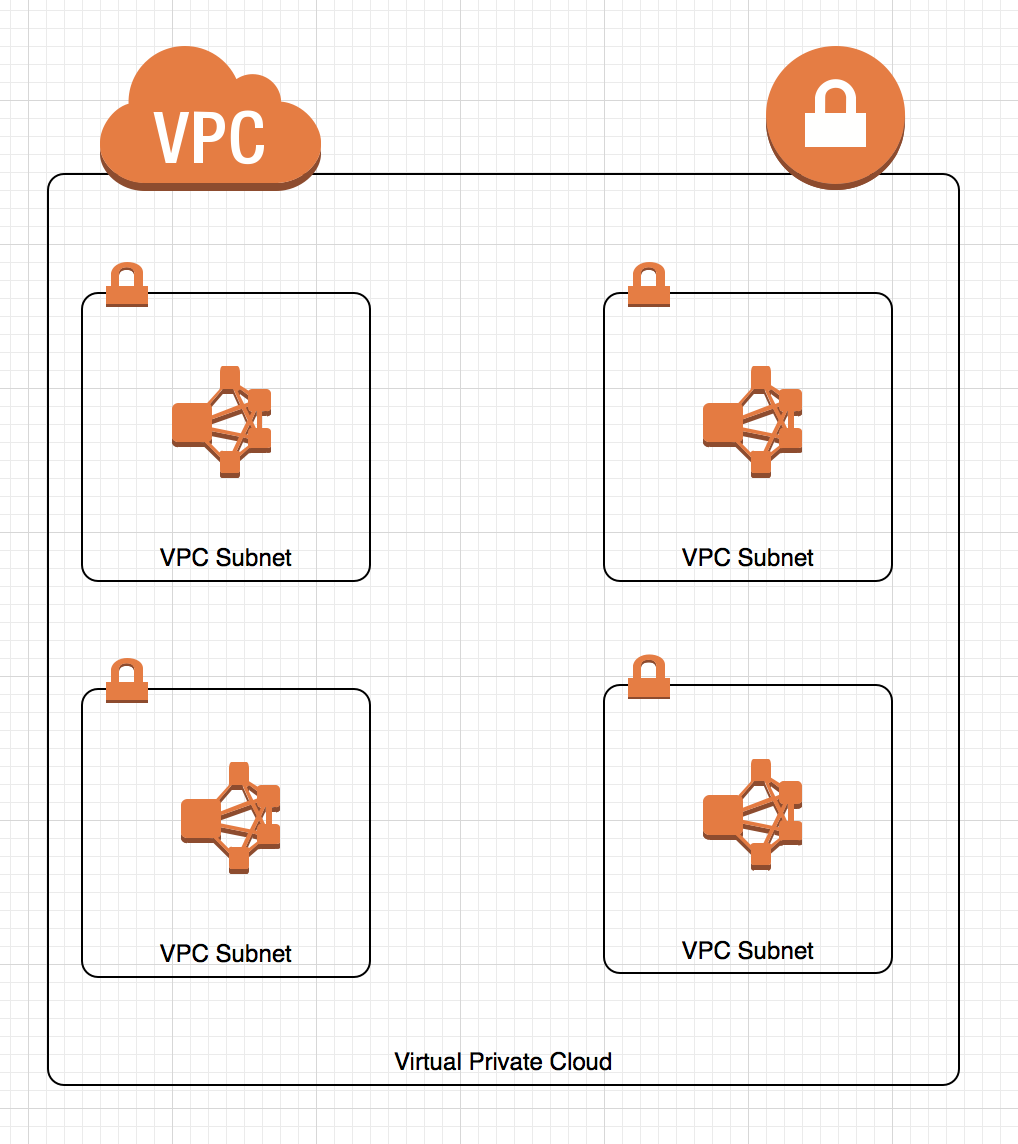 DETACH DELETE in Cypher is an example of why Cypher is one of my favorite ways of interacting with the Neo4j graph database. The declarative graph query language is constantly evolving to ease the requirements of querying Neo4j. This benefit in ease of interaction, however, can often further remove the query writer from needing to understand the inner Read More......
DETACH DELETE in Cypher is an example of why Cypher is one of my favorite ways of interacting with the Neo4j graph database. The declarative graph query language is constantly evolving to ease the requirements of querying Neo4j. This benefit in ease of interaction, however, can often further remove the query writer from needing to understand the inner Read More......Friday, February 26, 2016
Understanding DETACH DELETE in Cypher
 DETACH DELETE in Cypher is an example of why Cypher is one of my favorite ways of interacting with the Neo4j graph database. The declarative graph query language is constantly evolving to ease the requirements of querying Neo4j. This benefit in ease of interaction, however, can often further remove the query writer from needing to understand the inner Read More......
DETACH DELETE in Cypher is an example of why Cypher is one of my favorite ways of interacting with the Neo4j graph database. The declarative graph query language is constantly evolving to ease the requirements of querying Neo4j. This benefit in ease of interaction, however, can often further remove the query writer from needing to understand the inner Read More......Pairing Neo4j ElasticSearch: The Basics
 There are a number of ways of integrating Neo4j with ElasticSearch. One common way was through the use of the Rivers plugin, but that was deprecated in ElasticSearch 1.5 and will likely be fully removed shortly after ElasticSearch 2.0. Going forward any integration will require a more sophisticated integration to index the desired nodes and relationships from Neo4j to ElasticSearch.
There are a number of ways of integrating Neo4j with ElasticSearch. One common way was through the use of the Rivers plugin, but that was deprecated in ElasticSearch 1.5 and will likely be fully removed shortly after ElasticSearch 2.0. Going forward any integration will require a more sophisticated integration to index the desired nodes and relationships from Neo4j to ElasticSearch.
For those that don’t know, ElasticSearch is an open source search server based on Lucene that provides a Read more......
Graph Advantage: Master Data Management
 Master Data Management (MDM) is an increasingly complex topic for organizations today. The rate at which data in an enterprise to is flowing and evolving as a business asset, requires a the need for a more flexible and connection-centric master data storage solution. Master Data Management, is a practice that involves discovering, cleaning, housing, and governing data. Data architects for enterprises require a data model that offers ad hoc, variable, and Read More......
Master Data Management (MDM) is an increasingly complex topic for organizations today. The rate at which data in an enterprise to is flowing and evolving as a business asset, requires a the need for a more flexible and connection-centric master data storage solution. Master Data Management, is a practice that involves discovering, cleaning, housing, and governing data. Data architects for enterprises require a data model that offers ad hoc, variable, and Read More......Connected Data Analytics: Basics
 As organizations adopt graph databases, their available connected data will grow, which will drive the need for analytics to leverage the connected data as a core component of their analysis. The key to unlocking new insights is to leverage the connectedness of the data as part of a graph analytics solution. Through graph analytics enterprises have gained competitive advantages because they are now discovering the cause, effect, and influence of certain patterns Read More......
As organizations adopt graph databases, their available connected data will grow, which will drive the need for analytics to leverage the connected data as a core component of their analysis. The key to unlocking new insights is to leverage the connectedness of the data as part of a graph analytics solution. Through graph analytics enterprises have gained competitive advantages because they are now discovering the cause, effect, and influence of certain patterns Read More......Wednesday, February 17, 2016
Graph Advantage: Fraud Detection
Graph Advantage: Fraud Detection
 Financial institutions and insurance firms with traditional fraud detection capabilities lose billions of dollars to fraud. Traditional approaches in detecting fraud play a critical aspect in minimizing financial losses. However, an increasing number of fraudsters have created different methods to avoid being discovered. In order to gain the upper hand again these financial institutions are need to combine the traditional subject matter expertise of an analyst with enhanced exploration and discovery capabilities enabled through a highly connected data set in agraph database Read More......
Financial institutions and insurance firms with traditional fraud detection capabilities lose billions of dollars to fraud. Traditional approaches in detecting fraud play a critical aspect in minimizing financial losses. However, an increasing number of fraudsters have created different methods to avoid being discovered. In order to gain the upper hand again these financial institutions are need to combine the traditional subject matter expertise of an analyst with enhanced exploration and discovery capabilities enabled through a highly connected data set in agraph database Read More......Data Validation and Testing Your Graph Data State
 Data validation lets you gain insight on the quality of your data assets. This involves grading your organization consistently to monitor your progress. When testing data, it’s essential to set metrics, as well as succeeding steps and goals to drive improvements. Data testing is even more crucial when loading data into a schema free graph database like Neo4j. So how do we it efficiently and continuously?
Data validation lets you gain insight on the quality of your data assets. This involves grading your organization consistently to monitor your progress. When testing data, it’s essential to set metrics, as well as succeeding steps and goals to drive improvements. Data testing is even more crucial when loading data into a schema free graph database like Neo4j. So how do we it efficiently and continuously?Schema-Free Nature of Neo4j and Data Validation
Neo4j is schema-free by nature, but does provide some schema concepts that can be enforced. This means, when your data flows via your Neo4j data pipeline and graph Read More......Saturday, February 13, 2016
Neo4j Production Ready: Enterprise Cloud
 The cloud today has become the primary deployment option for startups and is gaining adoption across the worlds largest enterprises. As with other critical infrastructure holding sensitive organization or customer data, there are several key questions enterprises must consider when evaluating the Neo4j graph database cloud Read More.....
The cloud today has become the primary deployment option for startups and is gaining adoption across the worlds largest enterprises. As with other critical infrastructure holding sensitive organization or customer data, there are several key questions enterprises must consider when evaluating the Neo4j graph database cloud Read More.....Wednesday, February 10, 2016
Keeping Your Data Current and Flowing into Neo4j
 For an enterprise to excel today a key aspect centers around utilization
of the data-based business assets. To grow and succeed as a whole an
enterprise must enable the usability, quality, and constant flow of its
data into a connected state. Sometimes, an enterprise with a read more....
For an enterprise to excel today a key aspect centers around utilization
of the data-based business assets. To grow and succeed as a whole an
enterprise must enable the usability, quality, and constant flow of its
data into a connected state. Sometimes, an enterprise with a read more.... Neo4j Production Ready: Security
 With cloud adoption consistently accelerating in all organizations and
industries, selecting a Neo4j cloud platform that offers your business
security and scalability while eradicating lead time of
internal-building is important. To simplify such a process for utilizing
Neo4j Enterprise, the GraphGrid Data Platform provides a Neo4j Amazon
Web Services (AWS) cloud offering. This Neo4j Enterprise data platform
not only enables management of global Neo4j Enterprise clusters but read more....
With cloud adoption consistently accelerating in all organizations and
industries, selecting a Neo4j cloud platform that offers your business
security and scalability while eradicating lead time of
internal-building is important. To simplify such a process for utilizing
Neo4j Enterprise, the GraphGrid Data Platform provides a Neo4j Amazon
Web Services (AWS) cloud offering. This Neo4j Enterprise data platform
not only enables management of global Neo4j Enterprise clusters but read more.... Neo4j Production Ready: Deployment Basics
 If you intend to perform a Neo4j production deployment successfully,
you’ll likely think about the best application architecture to use and
how you’ll operate your Neo4j Enterprise deployment at a scale. Some
things you’ll need to think about learn more.....
If you intend to perform a Neo4j production deployment successfully,
you’ll likely think about the best application architecture to use and
how you’ll operate your Neo4j Enterprise deployment at a scale. Some
things you’ll need to think about learn more..... Neo4j Enterprise Cluster Basics
 Neo4j Enterprise enables a high availability cluster using the PAXOS protocol for cluster communication prior to 3.x and the RAFT protocol with the core-edge clustering model is now available in the read more.....
Neo4j Enterprise enables a high availability cluster using the PAXOS protocol for cluster communication prior to 3.x and the RAFT protocol with the core-edge clustering model is now available in the read more..... Saturday, February 6, 2016
Data Modeling with Neo4j: “School Immunization in California” CSV to Graph
1 state, over 9 million children, and 42,981 rows of CSV immunization data. After many rough drafts, I was finally able to land on an efficient and aesthetically pleasing way to map out the immunization
data of children in California (found and downloaded online from the California Department of Education*).In this post our goal is to walk through the data modeling process to show how this CSV data can be connected meaningfully with Neo4j. What makes this data so interesting is its varying degrees of location, three distinct grade levels, and a dense record of immunization numbers and percentages-all spanning over two separate school years read more ....
data of children in California (found and downloaded online from the California Department of Education*).In this post our goal is to walk through the data modeling process to show how this CSV data can be connected meaningfully with Neo4j. What makes this data so interesting is its varying degrees of location, three distinct grade levels, and a dense record of immunization numbers and percentages-all spanning over two separate school years read more ....
Data Modeling with Neo4j: “Chemicals in Cosmetics” Step-by-Step Process
Take this unique dataset in a CSV format and transform it into a graph using Neo4j. Using the Neo4j model, we can compact the vast number of relationships and properties within the Chemicals in Cosmetics dataset, creating more meaningful and easily applicable data.
Meet the Data
Since 2005, all Californian cosmetic companies are required to provide the information of any cosmetic product that contains chemical(s) that cause or are suspected to cause cancer, developmental birth defects, or harm to the reproductive system. This list, of the cosmetics and chemicals in question, is openly provided on the California government website*. Even more intriguing, are the numerous properties about the learn more....Modeling Time Series Data with Neo4j
 I’ve been receiving many questions recently at trainings and meetups regarding how to effectively model time series data with use cases ranging from hour level precision to microsecond level precision. In assessing the various approaches possible, I landed on a tree structure as the model that best fit the problem. The two key questions I found myself asking as I went through the process of building the time tree to connect the time series events were,“How granular do I really need to make this to efficiently work with and expose the time-based data being analyzed?” and “Do I need to generate all time nodes down to the desired precision level?” The balance that needs to be considered isthe initialization and maintainability of all the time learn more...
I’ve been receiving many questions recently at trainings and meetups regarding how to effectively model time series data with use cases ranging from hour level precision to microsecond level precision. In assessing the various approaches possible, I landed on a tree structure as the model that best fit the problem. The two key questions I found myself asking as I went through the process of building the time tree to connect the time series events were,“How granular do I really need to make this to efficiently work with and expose the time-based data being analyzed?” and “Do I need to generate all time nodes down to the desired precision level?” The balance that needs to be considered isthe initialization and maintainability of all the time learn more...
Subscribe to:
Comments (Atom)

